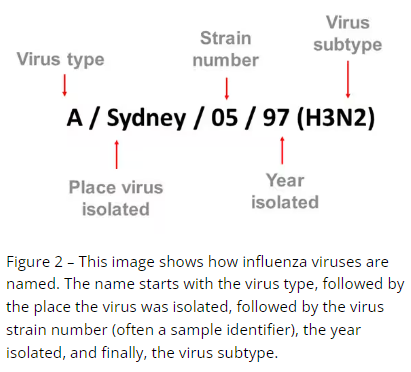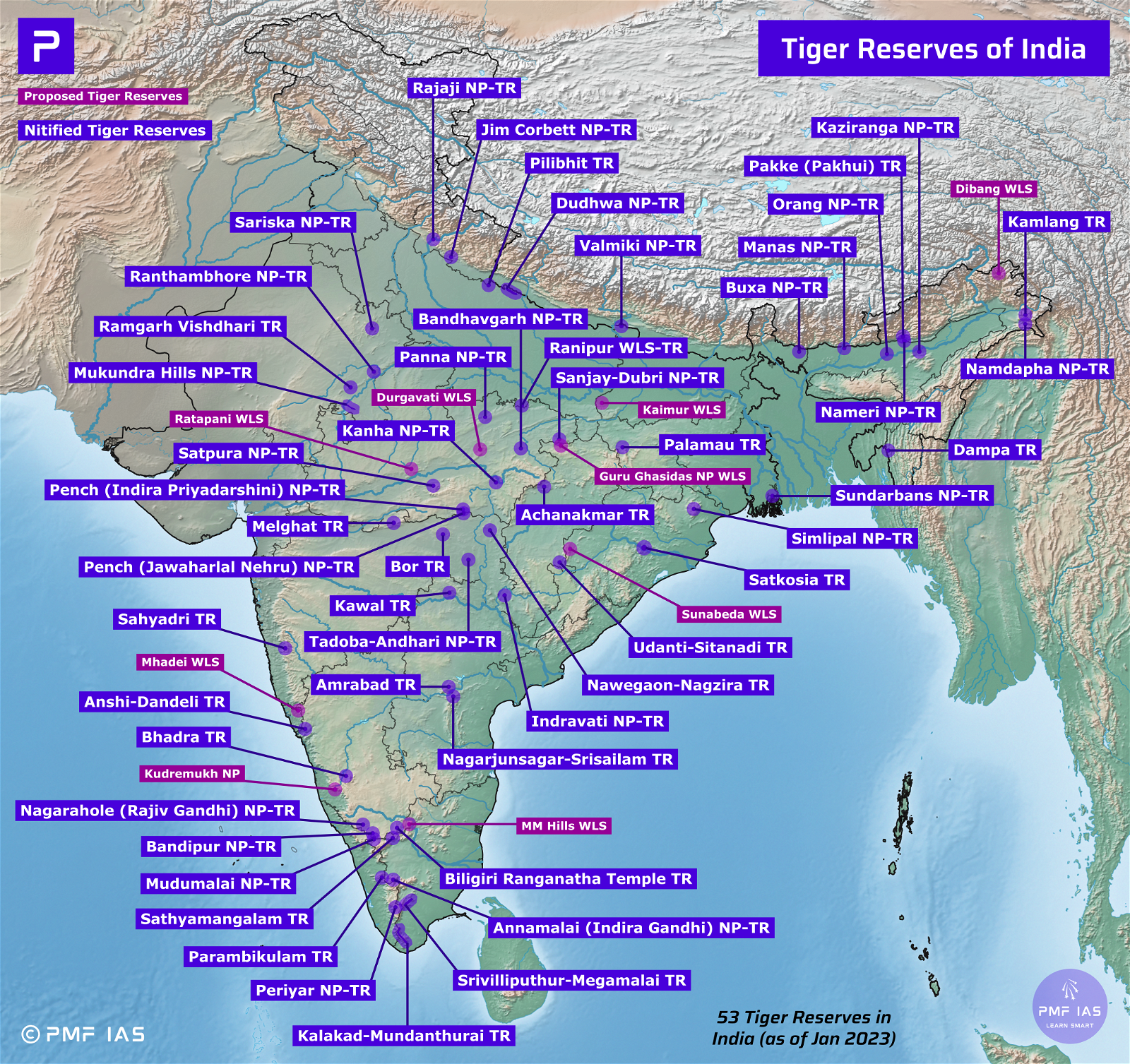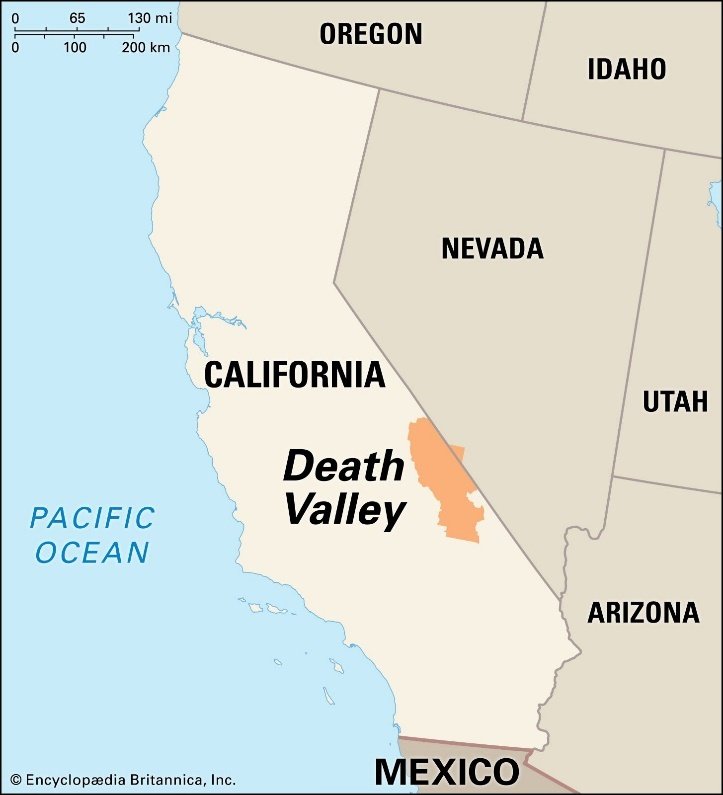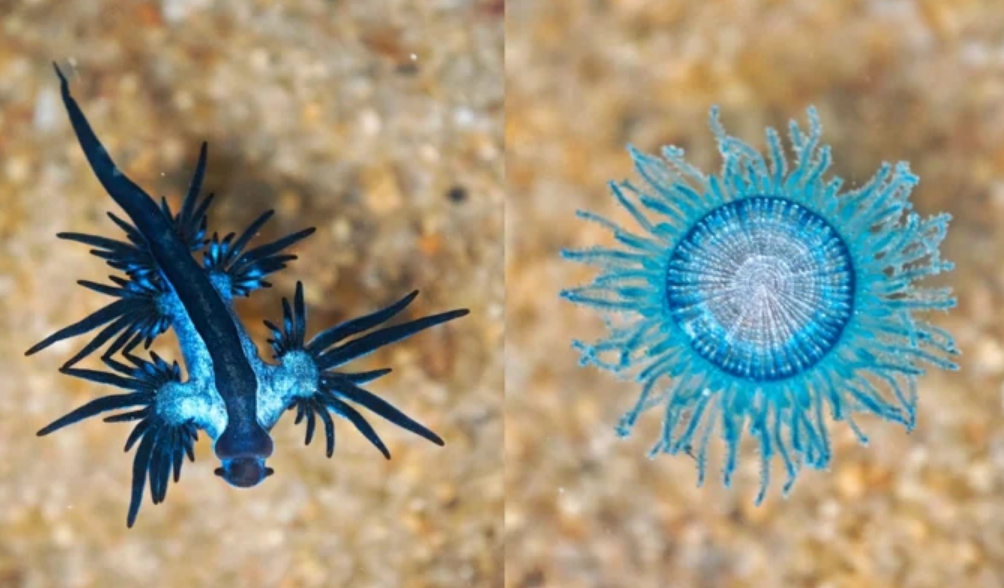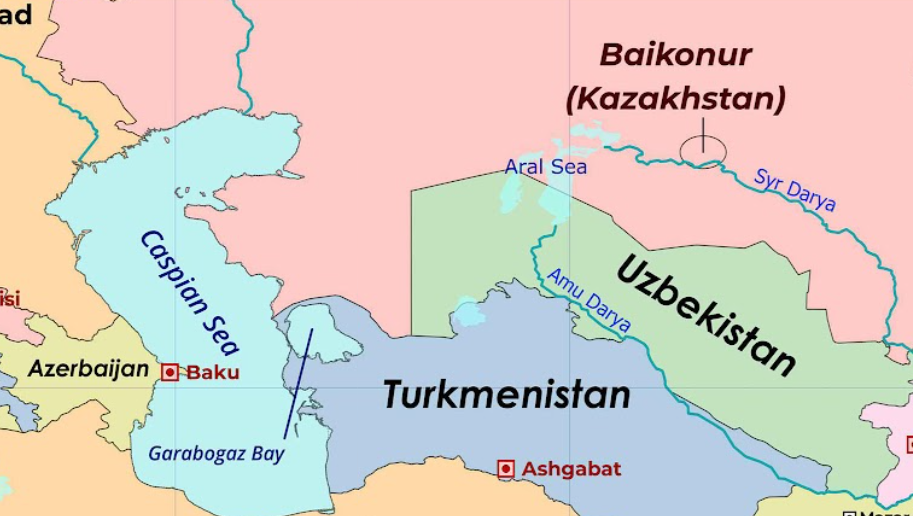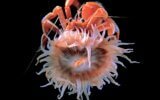
Saltwater Crocodiles
Subscribe to Never Miss an Important Update! Assured Discounts on New Products!
Must Join PMF IAS Telegram Channel & PMF IAS History Telegram Channel
- Context (DTE): The number of saltwater or estuarine crocodiles in and around Odisha’s Bhitarkanika National Park has slightly increased in 2024.
Saltwater or estuarine crocodiles
- Distribution: Abundant in areas like the Sundarbans, Bhitarkanika National Park, and A&N Islands.
- Apart from the eastern coast of India, the saltwater crocodile is extremely rare on the Indian subcontinent.
- Habitat: Thrives in saltwater habitats such as mangrove swamps, estuaries, and coastal areas.
- Size: It is the largest of all crocodilians and the largest reptile in the world.
- IUCN: Least Concern
- CITES: Appendix I (except the populations of Australia, Indonesia, and Papua New Guinea, which are included in Appendix II).
- WPA, 1972: Schedule I
Other Crocodile Species in India
Bhitarkanika National Park
|





![PMF IAS Environment for UPSC 2022-23 [paperback] PMF IAS [Nov 30, 2021]…](https://pmfias.b-cdn.net/wp-content/uploads/2024/04/pmfiasenvironmentforupsc2022-23paperbackpmfiasnov302021.jpg)
